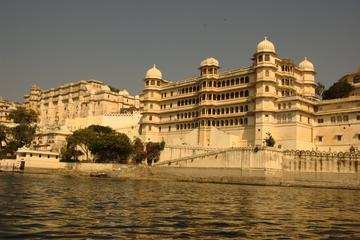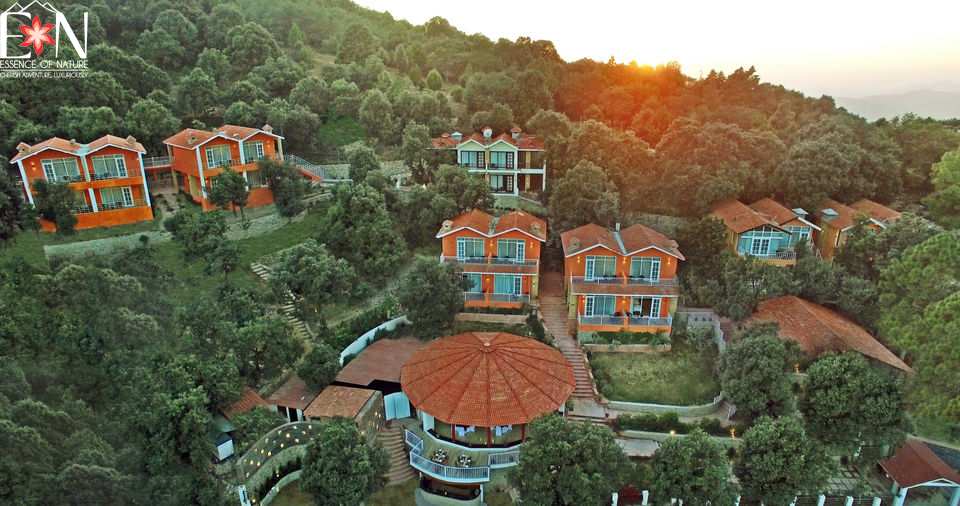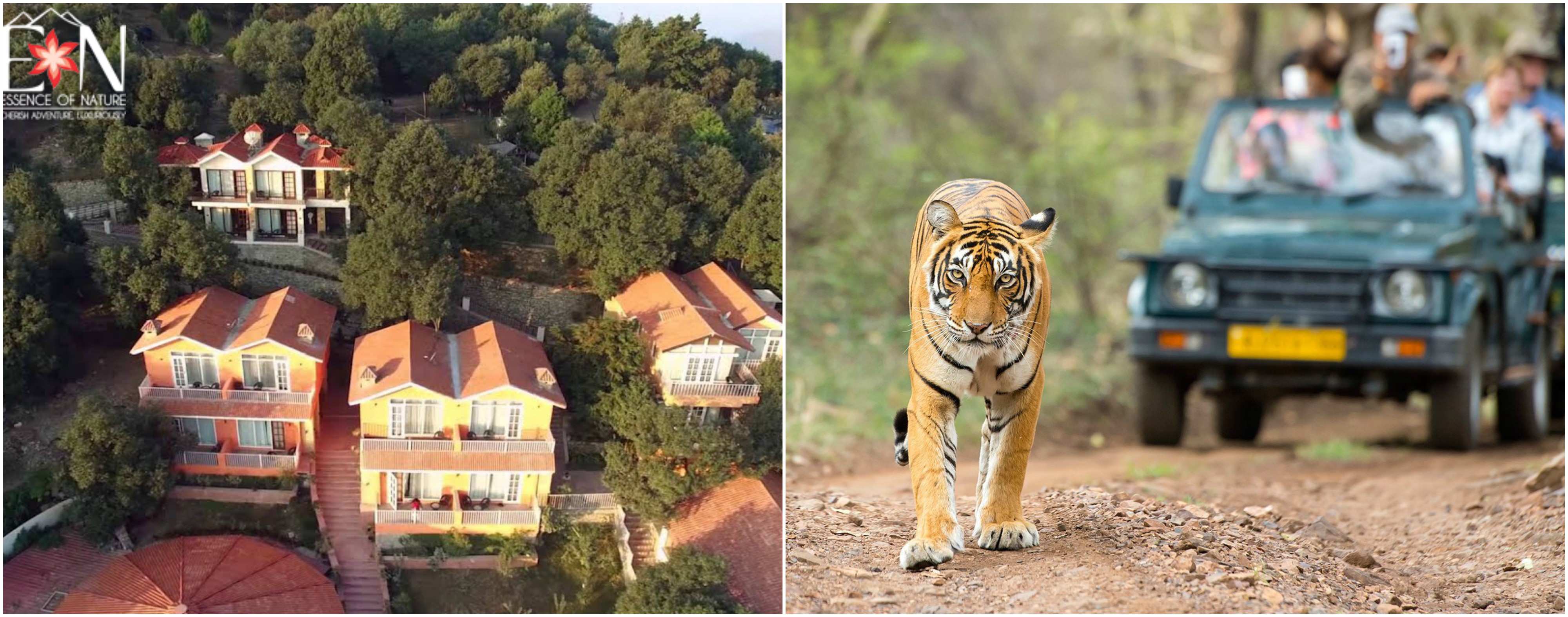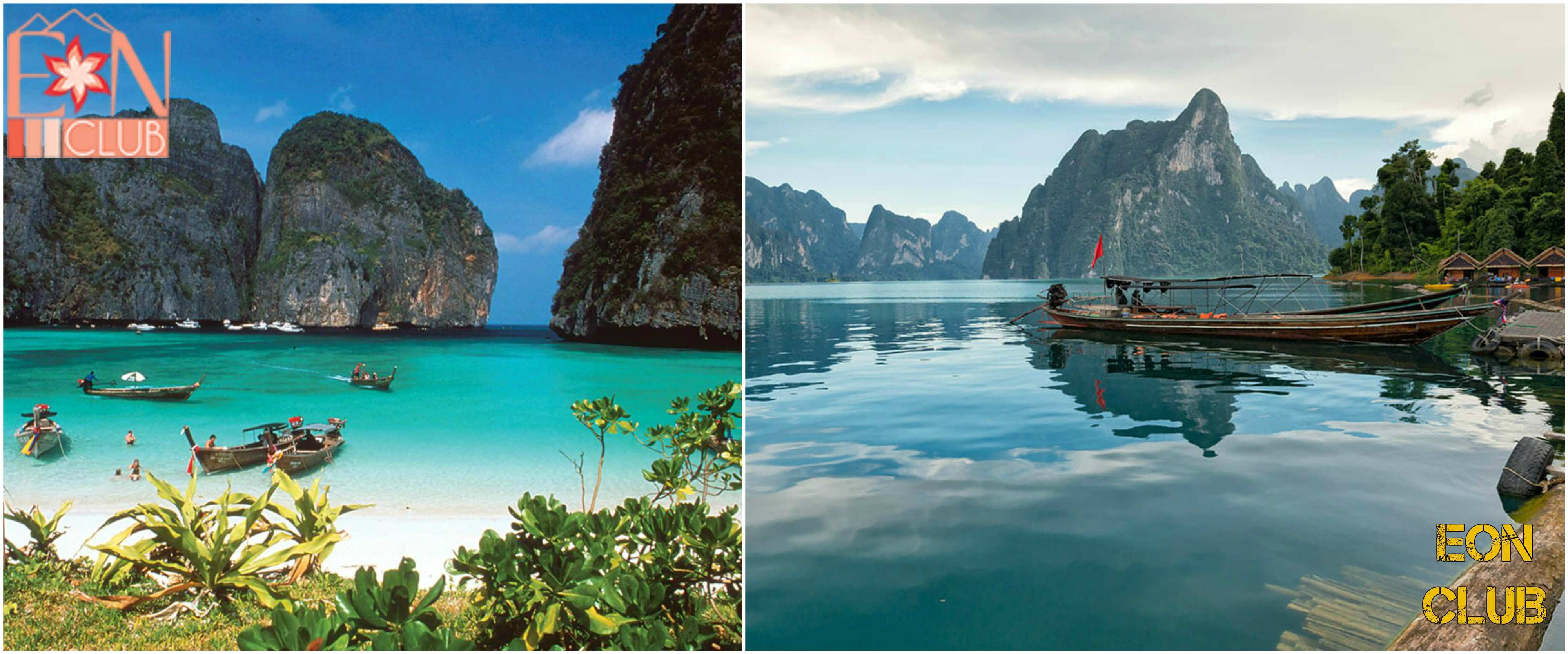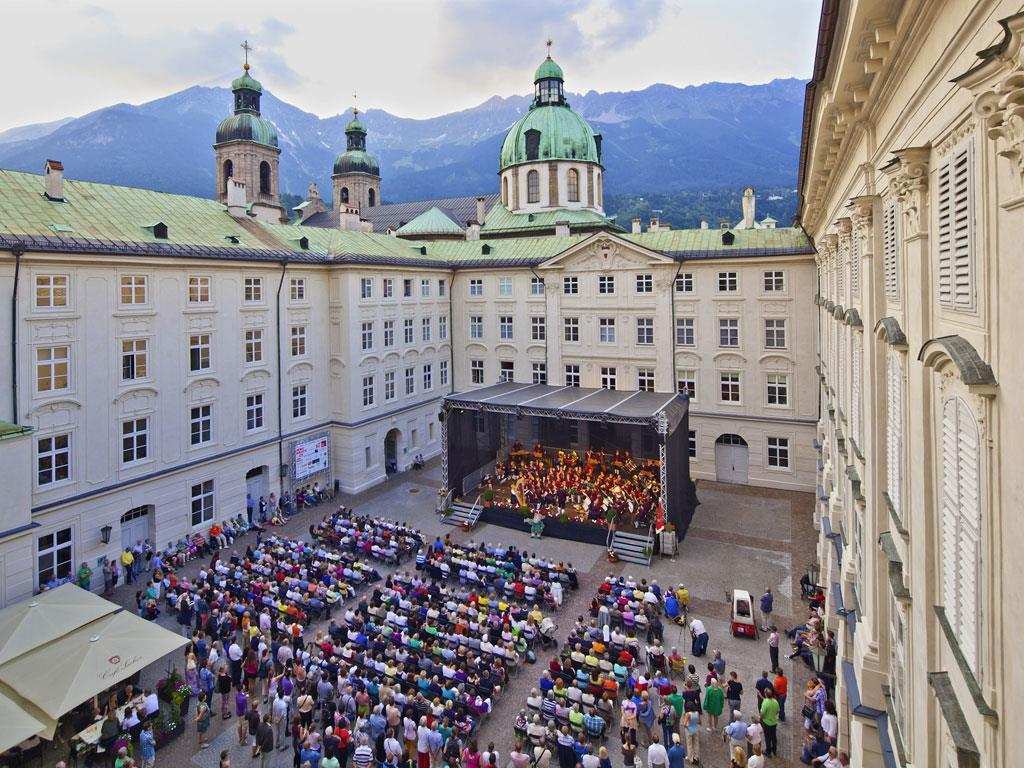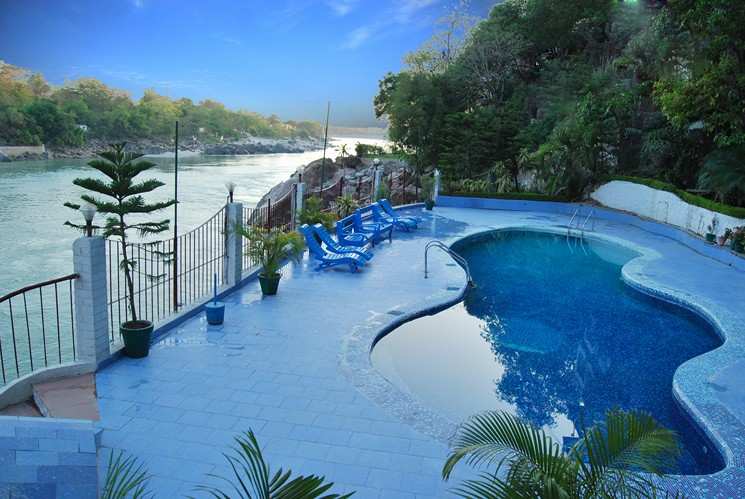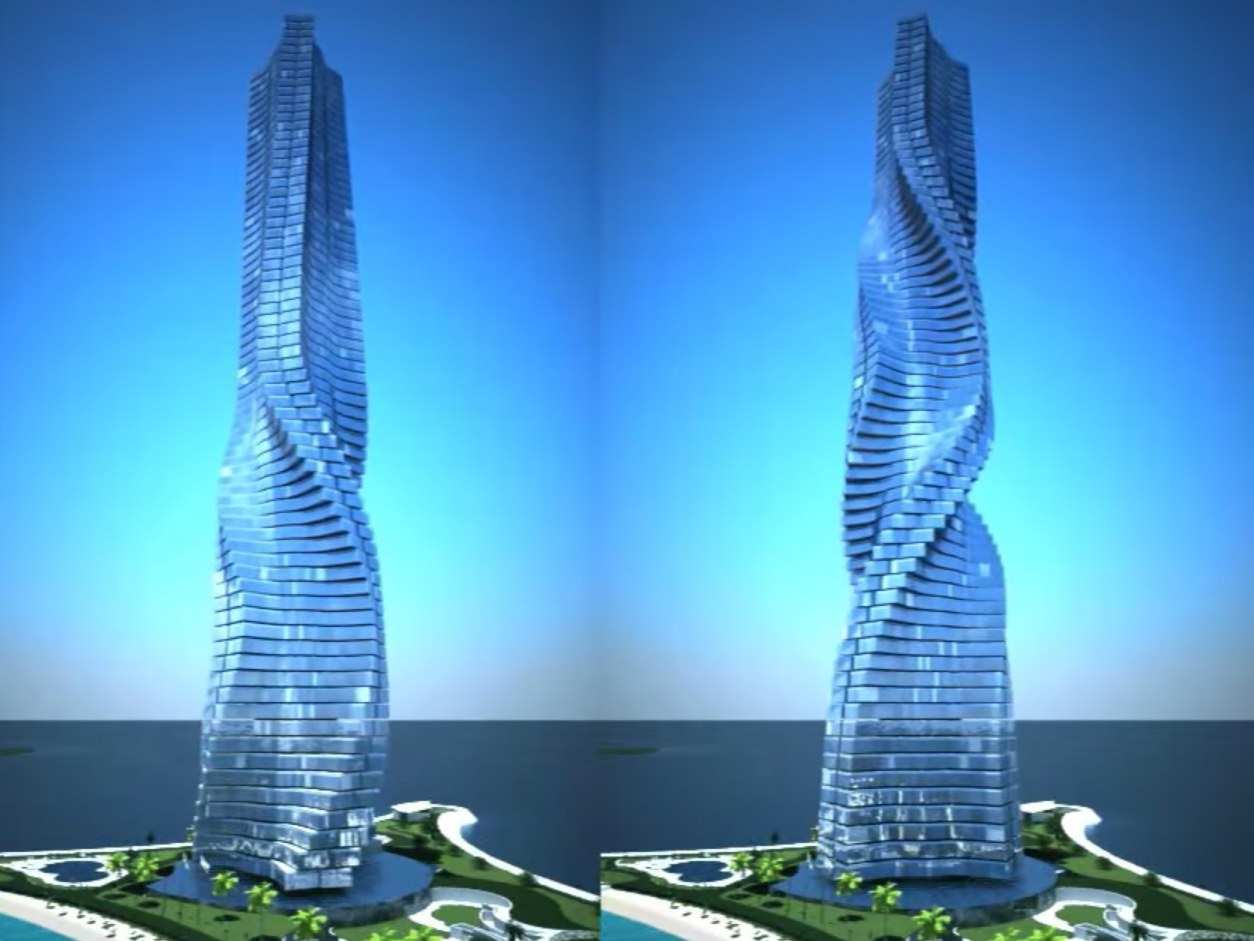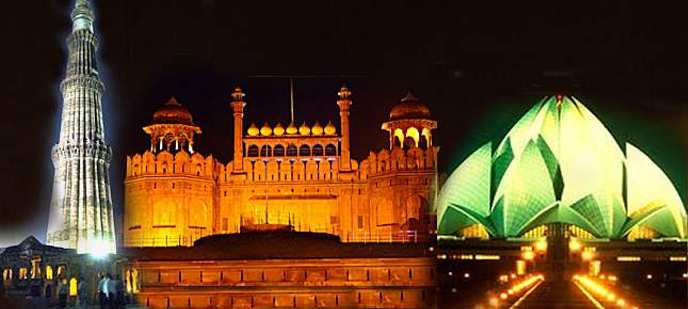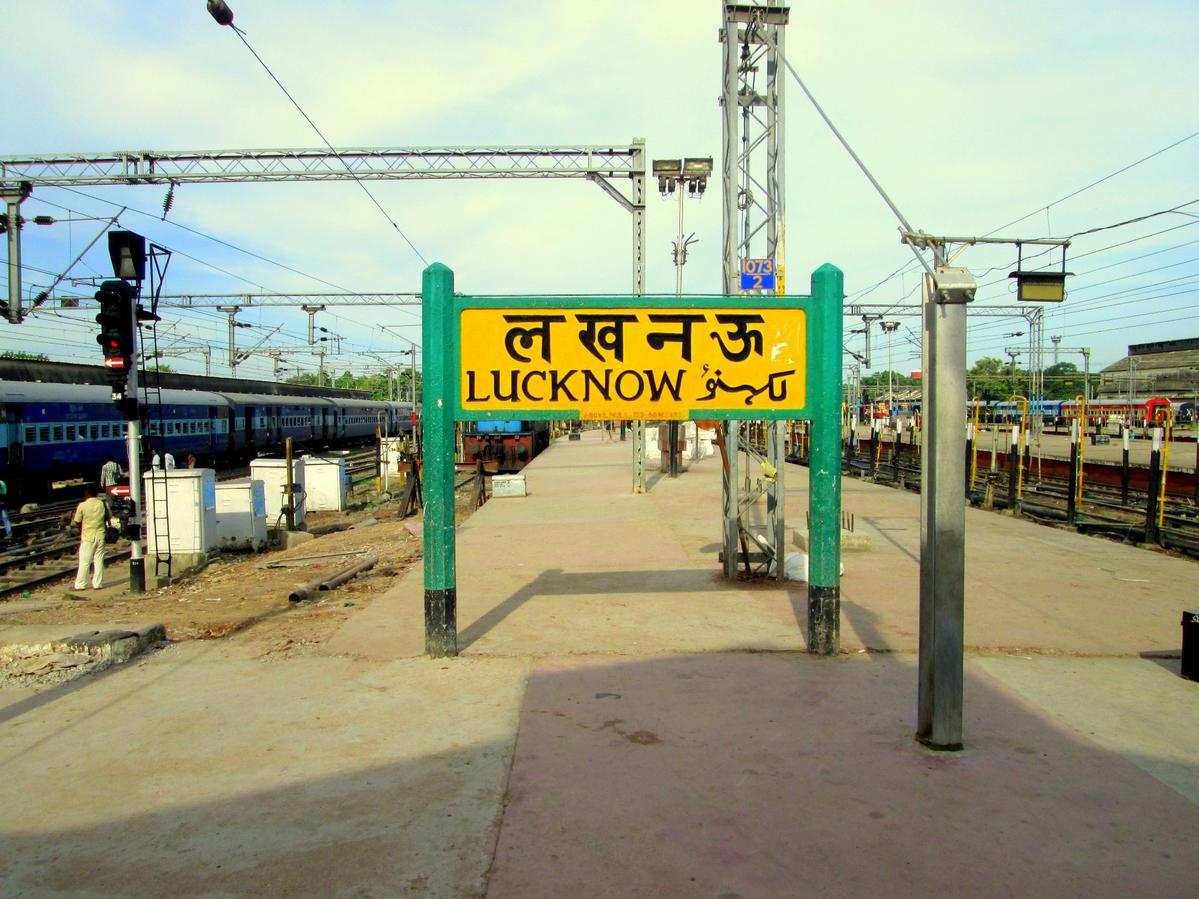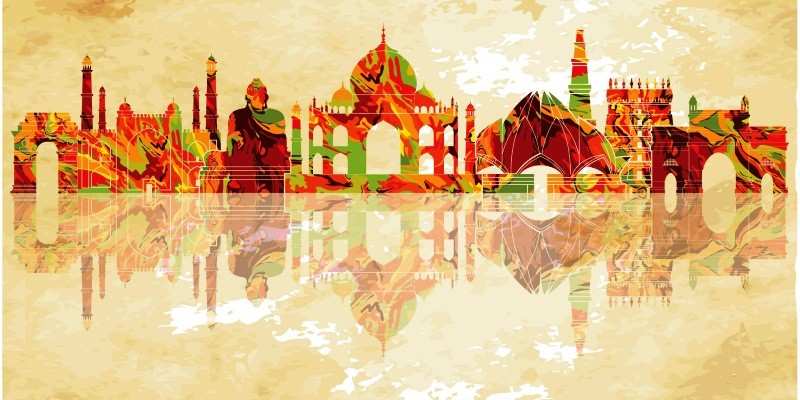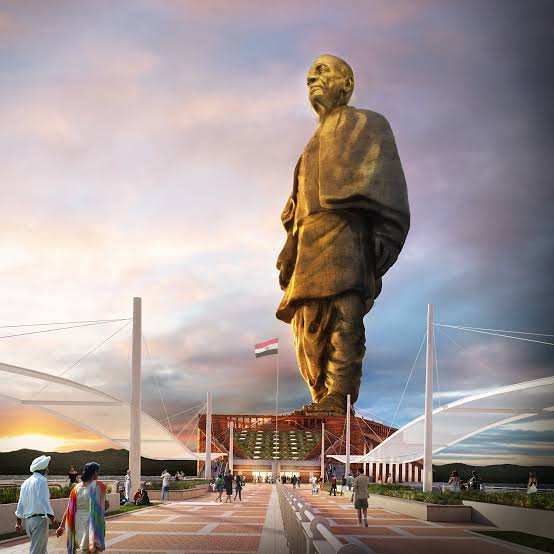1. Dudh Talai - The Pandit Deen Dayal Upadhyay Park, often known as the Dudh Talai Musical Garden, houses a spectacular music fountain—one of its kind in the entire state of Rajasthan. While Karni Mata Ropeway is a an adventure-filled place to visit. Catch the spectacular views of Jag Mandir and City Palace, Dudh Talai sits along the south-eastern part of Udaipur's Lake Pichola.
2. Taj Lake Palace - It was built by Udaipur’s erstwhile king Maharana Jagat Singh II, this 18th-century summer palace is one of India’s most famous hotels. Originally called Jag Niwas, it is one of the four islands in Lake Pichola. The four-acre marble building rests in the middle of the lake, while a boat transport guests from the shore. Enjoy the exclusive experience whith lavish suites of the palace.
3. Lake Pichola - Located at the heart of Udaipur, it is believed that it was constructed by a local gypsy in the 14th century, and later consolidated by the ruler of Mewar, Rana Udai Singh II in the 16th century. Its coast is lined with the City Palace, ghats, havelis and hills, while the lake itself is dotted with numerous island palaces. A long boat ride would help you see the nearest attractions.. Made entirely of white marble, it is one of Udaipur's most iconic sights. Have delicious meals at its restaurant.
4. The Jagmandir Island Palace- It was built during the 16th and 17th centuries, and used as a pleasure palace. It served as a hideout for as Prince Khurram. It has beautiful carvings, a pretty green marble chhatri, a small museum, and a restaurant offering scenic views. There is also a permanent exhibition of photographs, maps, paintings and architectural drawings.
5. City Palace - It was first built by Maharana Udai Singh, the founder of Udaipur in the 16th century, and expanded by successive rulers. Today, the palace is divided into several museums for tourists. The City Palace museum is the first of these, and comprises of a series of mahals, courtyards and private chambers, connected by narrow passages. You’ll find traditional Mewari paintings, colourful mosaics, stained glass windows and beautiful mirror-work everywhere, with occasional breathtaking glimpses of the city and the lake outside.
While the Crystal Gallery provides proof of the ruling dynasty’s love for luxury. It exhibits an array of crystal objects such as glasses, dinner sets, and even furniture pieces such as beds. These were made by the British manufacturer FC Osler & Co. and commissioned by Maharana Sajjan Singh between 1878 and 1881. The palace’s opulent Durbar Hall has glowing chandeliers, royal portraits and arms.

